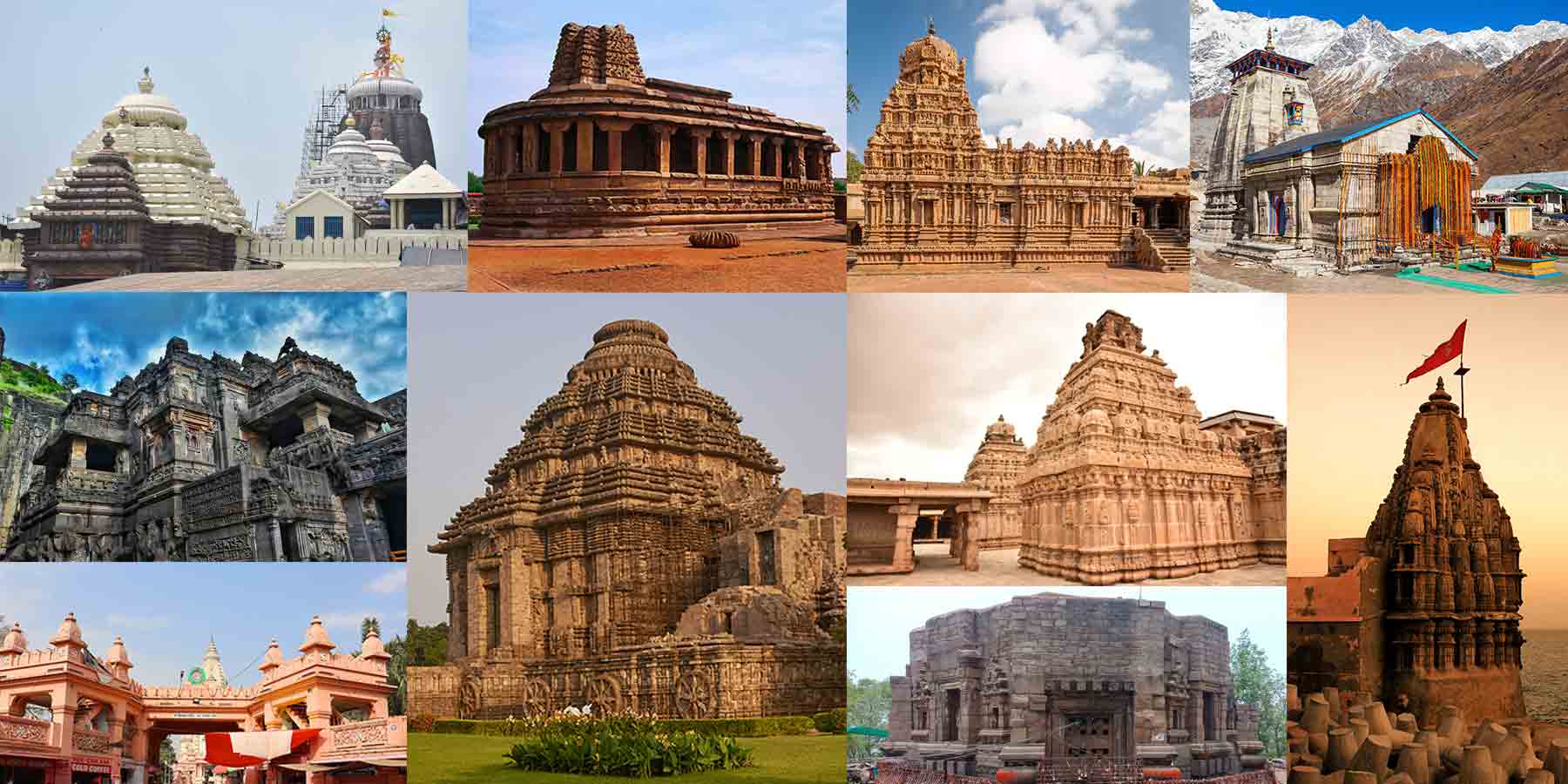Indian temples
Indian temples
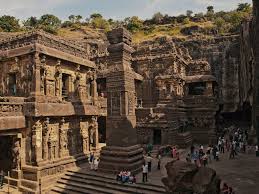
India is home to numerous famous temples that reflect its rich cultural and spiritual heritage. Here are 10 of the most renowned temples in India:
-
Indian temples Kashi Vishwanath Temple (Varanasi, Uttar Pradesh)
-

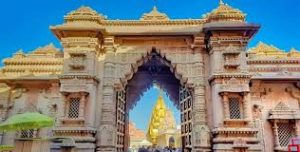
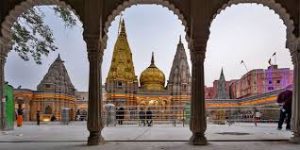
- Dedicated to Lord Shiva, it’s one of the 12 Jyotirlingas and located on the banks of the Ganges.
-
Indian temples Tirumala Venkateswara Temple (Tirupati, Andhra Pradesh)
-
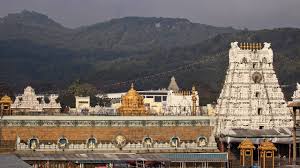


- Dedicated to Lord Venkateswara (an incarnation of Vishnu), it’s one of the richest and most visited religious sites in the world.
-
Meenakshi Temple (Madurai, Tamil Nadu
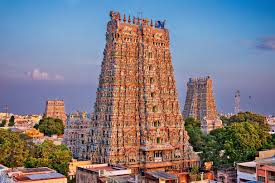
- A historic Hindu temple dedicated to Goddess Meenakshi (Parvati) and Sundareswarar (Shiva), known for its towering gopurams and intricate architecture.
-
Golden Temple (Amritsar, Punjab)
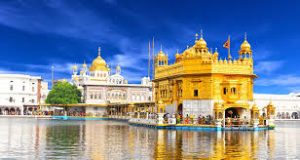
- Also known as Harmandir Sahib, it is the holiest shrine in Sikhism and attracts millions for its serene beauty and spiritual significance.
-
Kedarnath Temple (Uttarakhand)

- A sacred Shiva temple located in the Himalayas, part of the Char Dham pilgrimage, accessible only during certain months.
-
Badrinath Temple (Uttarakhand)
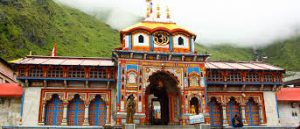
- Dedicated to Lord Vishnu, it is part of the Char Dham and one of the most important pilgrimage sites in Hinduism.
-
Akshardham Temple (Delhi)
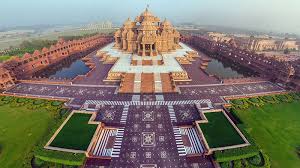
- A modern Hindu temple complex known for its stunning architecture, exhibitions, and spiritual theme park, dedicated to Bhagwan Swaminarayan.
The idea of the “most powerful” temple in India can vary based on beliefs, legends, and personal faith. However, Tirumala Venkateswara Temple in Tirupati, Andhra Pradesh is widely regarded as one of the most powerful and spiritually significant temples in India for several reasons:
Indian temples Why Tirupati is Considered the Most Powerful:

-
Deity Significance:
- The temple is dedicated to Lord Venkateswara, an incarnation of Vishnu, believed to be the “Kaliyuga Daivam” – the god who grants boons in the current age of Kali Yuga.
-
Miracles and Belief:
- Devotees believe that prayers offered here are always answered. Many report life-changing experiences after their visit.
-
Immense Devotion:
- Millions of pilgrims visit annually, often walking hundreds of kilometers as an act of devotion.
-
Wealth and Offerings:
Religious and Mythological Importance:
- The temple is associated with many powerful legends and is mentioned in various Hindu scriptures.
Other temples often cited for their spiritual power include:

- Kashi Vishwanath (Varanasi) – One of the most sacred Shiva temples.
- Vaishno Devi (Jammu & Kashmir) – Revered for wish-fulfilling power.
- Meenakshi Temple (Madurai) – Known for divine feminine energy.
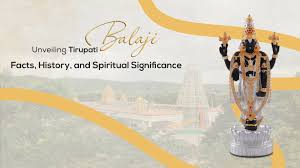
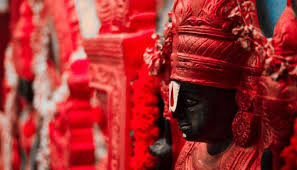

There is no scientifically verified temple in India that is 10,000 years old. However, some temples are believed to be extremely ancient based on mythological references, though not supported by archaeological evidence to be that old.
Indian temples Here are a few examples of temples believed to be very ancient:
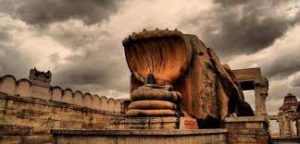
1. Mundeshwari Temple (Bihar)

- Estimated Age: Around 2,000+ years old
- Significance: Often cited as the oldest functional temple in India.
- Deity: Lord Shiva and Shakti.
- Evidence: Archaeological Survey of India dates it to around 108 CE.
2. Konark Sun Temple (Odisha)
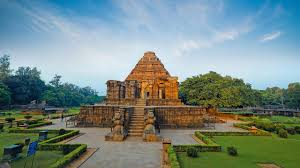
- Estimated Age: Built in the 13th century CE, but references to Sun worship at the site go back much further.
3. Kashi Vishwanath (Varanasi)
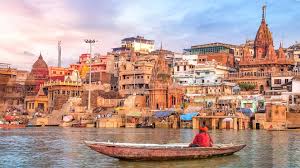
- Estimated Age: Mythologically believed to be from the beginning of time; actual current structure is from the 18th century.
- City of Varanasi is considered one of the oldest living cities, possibly over 3,000 years old.
Indian temples What about 10,000 years?

- Some Hindu texts and local traditions speak of temples existing in Satyuga or Treta Yuga, which would place them thousands of years ago—sometimes even over 10,000 years.
- Example: Ram Setu (Adam’s Bridge) and places Indian temples linked to the Ramayana and Mahabharata are believed by devotees to be over 10,000 years old, but archaeological confirmation is lacking.
When planning a pilgrimage to the Char Dham in India — Yamunotri, Gangotri, Kedarnath, and Badrinath — it is traditionally recommended to begin the journey from YamunotriStarting with Yamunotri, the source of the Yamuna River,Indian temples devotees proceed to Gangotri, the origin of the sacred Ganges. The journey then leads to Kedarnath, home to one of the twelve Jyotirlingas of Lord Shiva, and concludes at Badrinath, the abode of Lord Vishnu.
Beginning the yatra with Yamunotri not only aligns with religious customs but also helps pilgrims gradually acclimatize to higher altitudes, reducing the risk of altitude sicknessFollowing this Indian temples traditional route is believed to purify the soul and open the path to moksha (liberation). Each dham holds unique spiritual power and significance, but starting with Yamunotri provides a balanced and harmonious beginning to this sacred journey.
